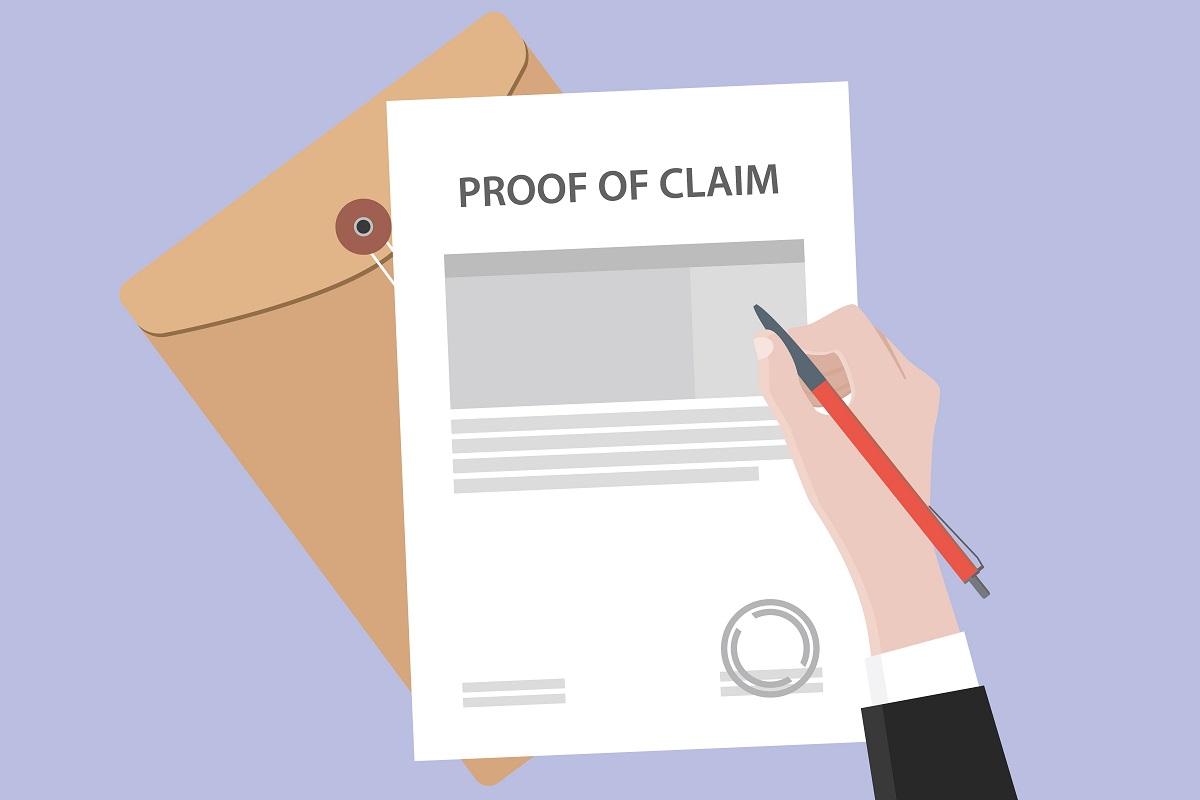How to File an Insurance Claim: A Comprehensive Guide
Filing an insurance claim can often feel like a daunting task. Whether it’s for your home, health, auto, or travel insurance, understanding the process can make all the difference. This comprehensive guide will walk you through the essential steps to file an insurance claim successfully, ensuring you maximize your benefits and minimize stress.
Table of Contents
- Understanding Insurance Claims
- Types of Insurance Claims
- Preparing for the Claim Process
- Steps to File an Insurance Claim
- 4.1 Review Your Policy
- 4.2 Document the Incident
- 4.3 Contact Your Insurance Provider
- 4.4 Fill Out the Claim Form
- 4.5 Submit Supporting Documents
- 4.6 Follow Up
- Common Mistakes to Avoid
- What to Expect After Filing
- Tips for a Smooth Claims Process
- Conclusion
1. Understanding Insurance Claims
An insurance claim is a formal request made by the policyholder to their insurance company for compensation or coverage for a loss. Understanding how claims work is crucial to ensure you receive the benefits you’re entitled to. The process can vary significantly depending on the type of insurance and the nature of the claim.
2. Types of Insurance Claims
Different types of insurance policies have different claims processes. Here are some common types:
- Auto Insurance Claims: For accidents, theft, or damages to your vehicle.
- Homeowners Insurance Claims: For damages to your property or belongings.
- Health Insurance Claims: For medical expenses incurred due to illness or injury.
- Travel Insurance Claims: For trip cancellations, lost luggage, or medical emergencies abroad.
3. Preparing for the Claim Process
Before you start the claims process, it's essential to prepare adequately. Here’s what you need to do:
- Know Your Policy: Familiarize yourself with your insurance policy's terms and conditions.
- Gather Necessary Information: Collect your policy number, any relevant documents, and a list of damages or losses.
4. Steps to File an Insurance Claim
Here’s a detailed breakdown of how to file an insurance claim:
4.1 Review Your Policy
Begin by reviewing your insurance policy. Understand what is covered, the limits, and any exclusions. Knowing your policy inside out will help you argue your case if necessary.
4.2 Document the Incident
Accurate documentation is key to a successful claim. Take detailed notes of the incident, including:
- Date and time
- Location
- Parties involved
- Witnesses
- Photos or videos of damages or injuries
4.3 Contact Your Insurance Provider
Notify your insurance provider as soon as possible. Most companies have a time limit for reporting claims, so act quickly. You can usually reach them via phone, online portal, or mobile app.
4.4 Fill Out the Claim Form
Your insurance company will provide a claim form. Be thorough and honest when filling it out. Include all necessary details, as incomplete information can delay your claim.
4.5 Submit Supporting Documents
Along with your claim form, submit all supporting documents. This may include:
- Incident reports
- Medical bills (for health insurance claims)
- Repair estimates (for auto or homeowners claims)
- Any other relevant evidence
4.6 Follow Up
After submitting your claim, keep track of its status. Follow up regularly to ensure it’s being processed. Document all communications with your insurance company, including dates, names of representatives, and the content of discussions.
READ TOO..
- Understanding Auto Insurance: A Beginner's Guide
- How to Claim Insurance Easily and Quickly: A Comprehensive Guide
5. Common Mistakes to Avoid
When filing an insurance claim, be mindful of these common pitfalls:
- Delaying Notification: Always notify your insurer promptly to avoid claim denial.
- Incomplete Information: Ensure you provide all required information and documentation.
- Being Overly Casual: Treat the process professionally. Avoid informal language and emotions in your communications.
- Assuming Coverage: Don’t assume everything is covered. Always verify with your insurer.
6. What to Expect After Filing
Once you’ve filed your claim, the insurance company will typically:
- Acknowledge receipt of your claim.
- Assign an adjuster to assess the situation (if necessary).
- Investigate the claim, which may include reviewing documentation and speaking with witnesses.
- Make a decision regarding your claim and inform you of the outcome.
7. Tips for a Smooth Claims Process
- Be Proactive: Stay involved and check in regularly about the status of your claim.
- Keep Records: Maintain a file with all documents related to your claim, including correspondence.
- Stay Calm: Dealing with claims can be frustrating. Stay patient and professional, even if the process becomes difficult.
- Seek Help if Needed: If your claim is denied or you’re facing issues, consider contacting a public adjuster or attorney for assistance.
8. Conclusion
Filing an insurance claim doesn't have to be overwhelming. By following the outlined steps and being organized, you can navigate the process with confidence. Always remember that your insurance is there to protect you, and understanding how to file a claim effectively is key to getting the coverage you deserve.
If you encounter challenges along the way, don’t hesitate to seek assistance. With the right preparation and approach, you can ensure a smoother claims experience.
Feel free to ask if you need any specific sections expanded or additional information!

